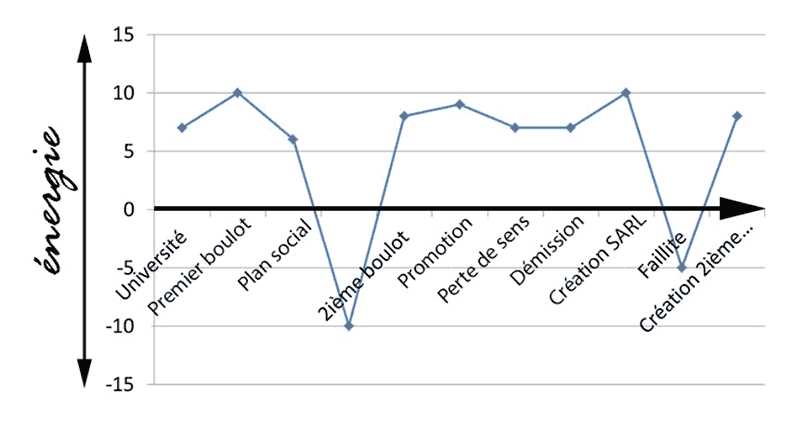To live happily, let’s live in hiding and to live a long time, let’s live… in Rhône-Alpes, PACA, Ile-de-France, on the Atlantic coast and in the South-West. Indeed, according to the latest results of a study conducted by Magali Barbieri from the National Institute of Demographic Studies, interdepartmental disparities in mortality have remained marked in metropolitan France for thirty years. “They have decreased in women, but remain strong in men,” says the researcher, supporting figures. In 2007, the difference between the average life of the two departments located at the ends of the ranking (Pas-de-Calais and Hauts-de-Seine) was 6 years for men and 3.4 years for women against 5.9 years and 4.2 years in 1977, the study reads.
To be avoided: the North, Brittany and Alsace regions, the most disadvantaged in France, whether for men or for women. On the contrary, the city of Paris, the departments located to the south-west of Ile-de-France and those of the Rhône-Alpes region, Midi-Pyrénées show good results in longevity for men, and the departments in north of Poitou-Charentes as well as in Pays de la Loire for women. Moreover, the Pays de la Loire region won the medal for the fastest increase in life expectancy at birth in the last thirty years.
But what is the reason for these disparities? “Departmental variations in life expectancy at birth are closely associated with variations in mortality from the age of 30 and especially at 60-79 years, but not systematically with those in child mortality,” notes the researcher in its conclusions. Therefore, depending on the region, violent deaths from road accidents and suicide in young adults, as are the rates of cancer and cardiovascular disease.
“One can wonder about the role of the preventive measures put in place after the heat wave 2003. Because the crisis was particularly deadly in the Paris region, it is possible that the interventions were all the more effective there and contributed to a decline in mortality at older ages more rapidly than in the rest of the country “, wonders Magali Barbieri.














